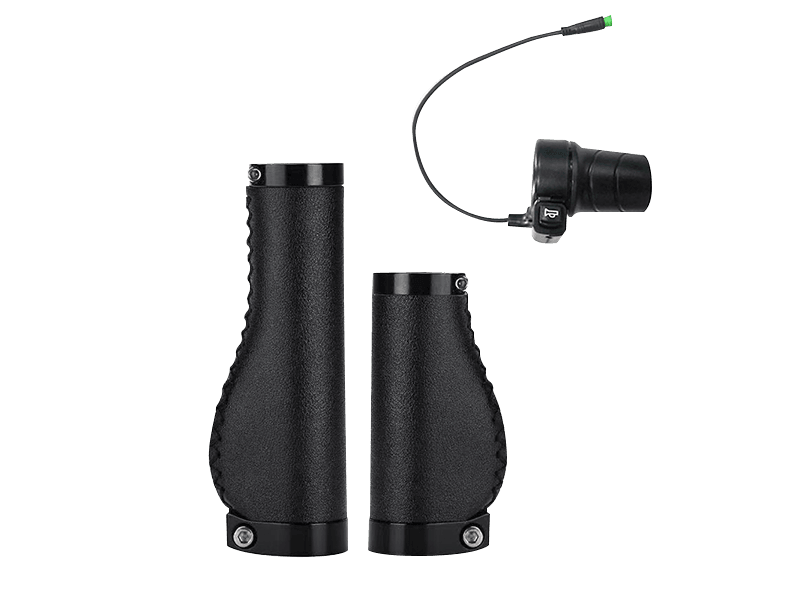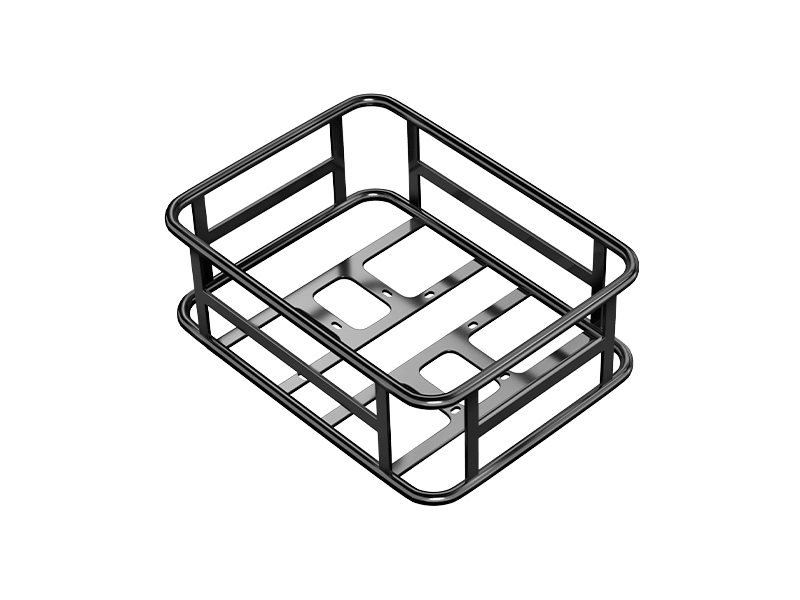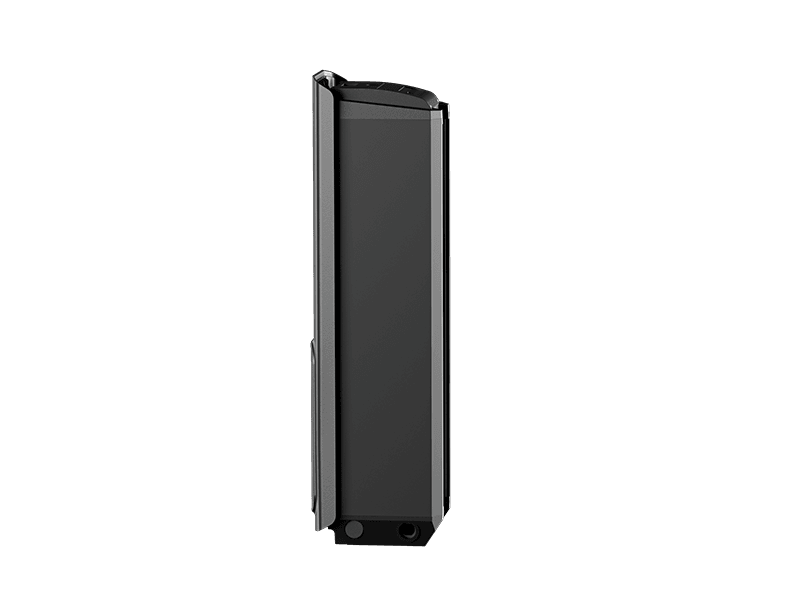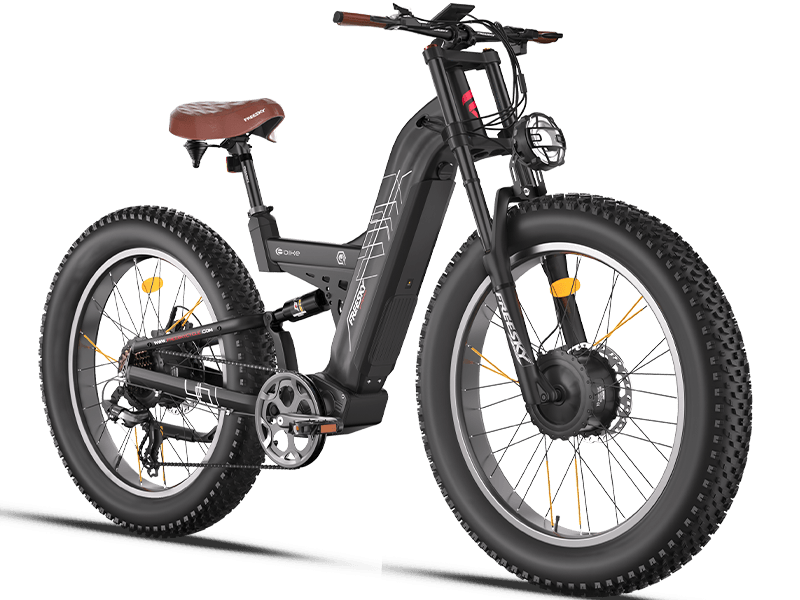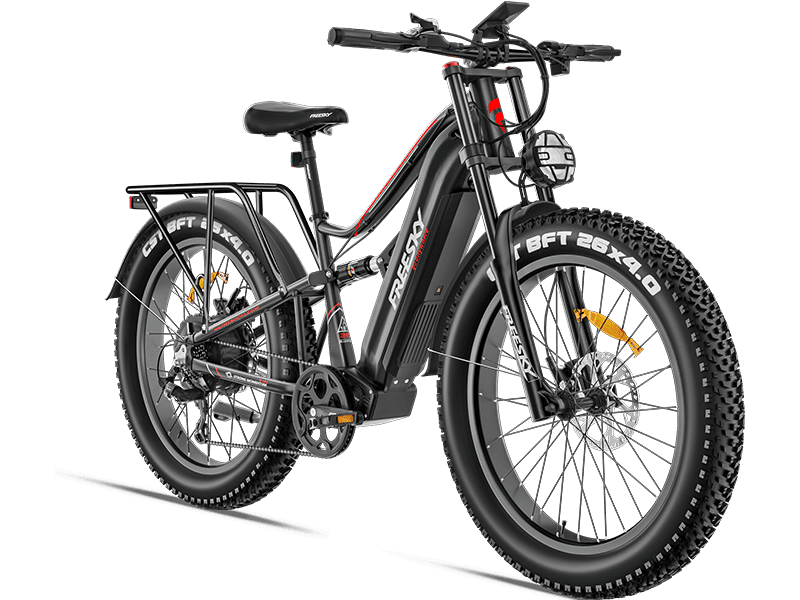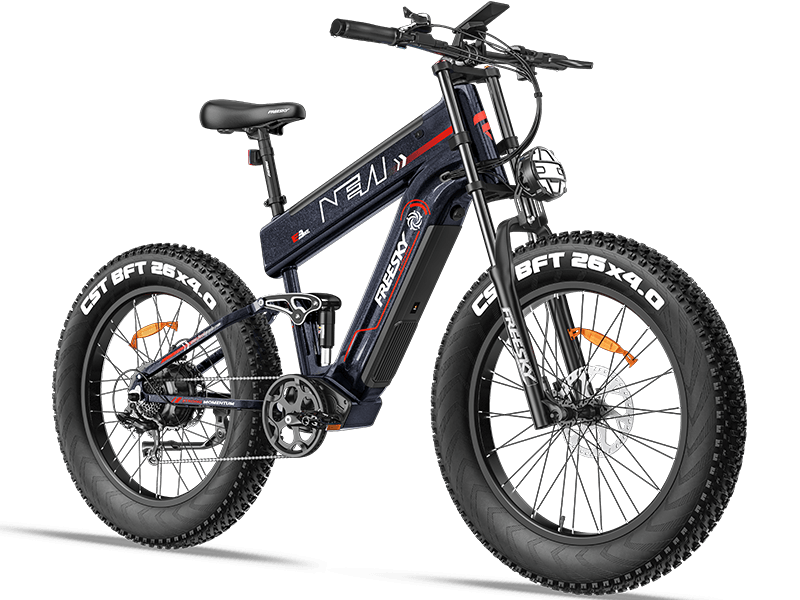Fat Tire E-Bikes: Your Buyer's Guide to Choosing the Perfect Beast
MAY 29, 2025
Fat tire e-bikes aren't just a trend; they're a revolution in electric cycling, opening up terrains and experiences traditional bikes can't touch. With their oversized tires (typically 3.8" to 5" wide), electric assist, and rugged stance, they promise adventure, stability, and pure fun. But with so many options, choosing the right one can feel overwhelming. Fear not! This guide breaks down everything you need to know.
What Exactly is a Fat Tire E-Bike?
Imagine a mountain bike on steroids. Fat tire e-bikes combine:
-
Ultra-Wide Tires: Providing massive surface area for incredible traction, flotation over soft surfaces (sand, snow, mud), and a surprisingly smooth ride over bumps.
-
Electric Motor: Offering pedal assistance (pedelec) and often a throttle, making conquering hills, headwinds, and long distances effortless.
-
Robust Frame: Built to handle the stresses of wider tires and off-road adventures.
Why Choose a Fat Tire E-Bike? The Key Benefits
-
Conquer Any Terrain: Sand, snow, mud, gravel, rocky trails, grassy fields – fat tires excel where others sink or slip. They're the ultimate all-season, all-surface machines.
-
Superior Stability & Confidence: The wide footprint lowers your center of gravity and provides unmatched balance, especially at lower speeds or on unpredictable surfaces. Great for beginners or those with mobility concerns.
-
Plush, Comfortable Ride: The large volume tires act like natural suspension, absorbing bumps, potholes, and vibrations significantly better than standard tires. Your back and wrists will thank you.
-
Effortless Power: Tackle steep hills, headwinds, or long commutes without breaking a sweat. The motor makes challenging rides enjoyable and accessible.
-
Year-Round Adventure: Truly a four-season vehicle. Snow and beach rides become not just possible, but thrilling.
-
Pure Fun Factor: There's an undeniable "cool" factor and a unique, fun riding experience that puts a smile on your face.
Choosing Your Perfect Fat Tire E-Bike: Key Considerations
-
Primary Use (Your Mission):
-
Recreation & Beach Cruising: Prioritize comfort, a relaxed riding position (cruiser style), and maybe a throttle for pure fun. Mid-drive or hub motors both work.
-
Commuting: Look for practical features: fenders, racks, integrated lights, a comfortable saddle, and good range. Consider tire tread suitable for pavement/light gravel.
-
Trail Riding & Off-Road: Focus on suspension (front fork or full suspension), powerful motor (often mid-drive for better torque and handling), hydraulic disc brakes, aggressive tread, and a sturdy frame.
-
Snow & Sand: Ensure minimum 4.0" tires, deep aggressive tread, and sufficient motor torque/power. Hub motors can sometimes handle deep snow better than mid-drives (less susceptible to clogging).
-
Hunting/Cargo: Look for high payload capacity, very powerful motors (often 750W+), potential for cargo racks/trailers, and stealthy color options (for hunting).
-
-
Motor Type & Power:
-
Hub Motor (Rear or Front): Simpler, often more affordable. Provides direct power but can affect handling (especially front hub). Generally good for cruising, commuting, and moderate terrain. Power typically ranges from 500W to 1000W+.
-
Mid-Drive Motor: Mounted at the cranks/bottom bracket. Leverages the bike's gears, providing superior torque for climbing hills and technical terrain, more natural riding feel, and better overall weight distribution/balance. Preferred for serious off-road and mountain biking. Power ranges similar to hub motors.
-
Power (Watts): Higher wattage (e.g., 750W, 1000W) means more torque for hills, acceleration, and handling heavy loads/snow. Check local regulations as many regions limit motor power (e.g., 750W max in US Class 2/3, 250W in EU).
-
-
Battery (Range & Voltage):
-
Capacity (Ah & Wh): Watt-hours (Wh) = Voltage (V) x Amp-hours (Ah). Higher Wh = Longer Range. Don't just look at Ah; voltage matters! (e.g., 48V 15Ah = 720Wh; 52V 14Ah = 728Wh). Range estimates are highly variable (terrain, assist level, weight, wind); expect 20-60+ miles realistically.
-
Removable: Essential for easy charging, especially if storing the bike is awkward.
-
Location: Down tube is common and provides good weight distribution.
-
-
Tire Size & Tread:
-
Width: 4.0" is standard. 4.8" or 5" offers maximum flotation for deep sand/snow but adds weight and rolling resistance on pavement.
-
Tread: Aggressive, widely spaced knobs for loose terrain/snow. Smoother center tread with side knobs for mixed pavement/off-road. Consider studdable tires for icy conditions.
-
-
Brakes:
-
Hydraulic Disc Brakes: Highly Recommended. Essential for stopping power, especially given the bike's weight and potential for high speeds. Offer superior modulation and require less maintenance than mechanical discs. Don't compromise here.
-
-
Suspension:
-
Rigid: Simplest, lightest, cheapest. Relies entirely on tires for cushioning. Fine for smooth trails, pavement, and sand.
-
Front Suspension Fork: Crucial for handling rough trails, rocks, and roots at speed. Improves comfort and control significantly off-road.
-
Full Suspension: Offers maximum comfort and control on very rough terrain, but adds significant weight, cost, and complexity. Less common on fat e-bikes.
-
-
Frame Material:
-
Aluminum Alloy: Most common. Offers a good balance of strength, weight, and affordability.
-
Steel: Durable and absorbs vibration well, but heavier.
-
Carbon Fiber: Lightest and stiffest, but very expensive and less common on fat e-bikes.
-
-
Gearing:
-
Derailleur Gears: Offer a wide range, efficient. Require more maintenance, especially in muddy/wet conditions.
-
Internal Gear Hub (IGH): Enclosed gears are protected from elements, very low maintenance. Smoother shifting when stopped. Often fewer gears, slightly less efficient, heavier, and more expensive.
-
-
Weight & Payload Capacity:
-
Fat tire e-bikes are HEAVY (60-80+ lbs). Ensure you can lift/maneuver it if needed (stairs, car racks).
-
Check the manufacturer's payload capacity (rider + cargo). Many are rated for 300-350 lbs, but some heavy-duty models go higher.
-
-
Price:
-
Expect a significant investment. Quality fat tire e-bikes typically start around $1,500-$2,000 and can easily reach $4,000-$7,000+ for high-end models with premium components (mid-drive, large battery, suspension).
-
Popular Fat Tire E-Bike Types & Examples (Illustrative - Research Current Models!)
-
Affordable All-Rounder: Rad Power Bikes RadRover 6 Plus, Lectric XPedition
-
Premium Trail/Off-Road: Specialized Turbo Levo SL, Trek Rail, Riese & Müller Delite GT rohloff
-
Snow/Sand Specialist: QuietKat Ranger, Rambo Megatron
-
Comfort Cruiser: Electric Bike Company Model Y, Juiced RipCurrent S
-
Cargo/Hunting: Bakcou Mule, Biktrix Juggernaut Ultra FS
Final Tips Before You Buy:
-
Test Ride (If Possible): Nothing beats feeling the bike's weight, balance, and power firsthand.
-
Check Local Laws: Understand e-bike classifications (Class 1, 2, 3) and where they are allowed (trails, roads, paths).
-
Research Brands & Reviews: Look for established brands with good customer service and warranty support. Read independent reviews and owner forums.
-
Consider After-Sales Support: How easy is it to get parts or service locally?
-
Don't Forget Accessories: Budget for essentials like a helmet, lock, pump, and potentially fenders, racks, or lights if not included.
Conclusion:
A fat tire e-bike is your ticket to exploring beyond the pavement. By carefully considering how you'll use it and prioritizing the features that matter most (motor, battery, brakes, tires), you can find the perfect electric beast to match your adventurous spirit. Embrace the traction, soak up the comfort, and enjoy the ride – the world just got a whole lot more accessible!
Ready to unleash your off-road electric adventure? Happy riding!


